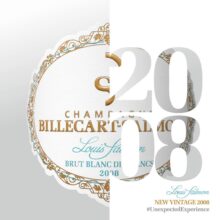
Product information
Billecart-Salmon ‘Louis Salmon’ Brut Blanc de Blanc 2008
Chardonnay from Cramant, Avize, Les Mesnil sur Oger, Chouilly, Côte des Blancs, Champagne, France
$415
Description
Named in tribute to Louis, Elisabeth Salmon’s brother, who was passionate about oenology and highly involved in winemaking from the earliest creation of the House.
Distinguished elegance of a mineral and exceptionally precise Chardonnay with a natural balance that is a harmonious representation of the best parcels of grand crus of Côte des Blancs: Cramant, Chouilly for the fi nesse, Avize for the force of character and Mesnil-sur-Oger for the structure and longevity.
Disgorged in October 2020 with seven grams per liter dosage, the 2008 Brut Blanc de Blancs Cuvée Louis Salmon is showing beautifully, unfurling in the glass with scents of crisp yellow apple and stone fruits mingled with dried white flowers, freshly baked bread, buttery pasty and mandarin oil. Full-bodied, ample and fleshy, it’s a textural, racy, penetrating wine endowed with considerable cut and concentration. It’s derived from the villages of Cramant, Mesnil-sur-Oger and Chouilly, with the latter accounting for some 40% of the blend.
William Kelley 96 Points
Only 2 left in stock
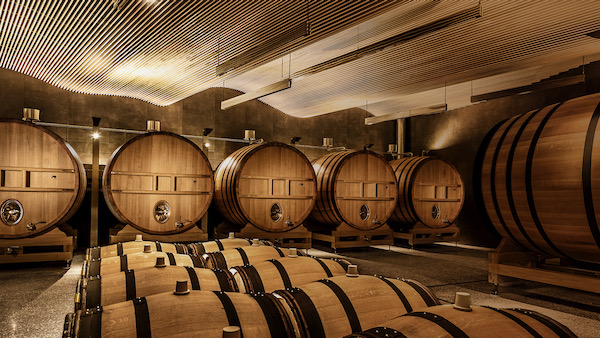
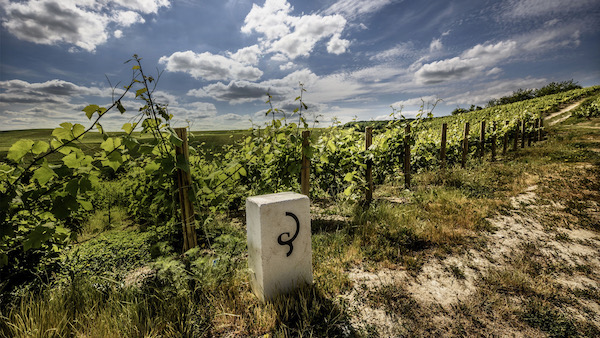
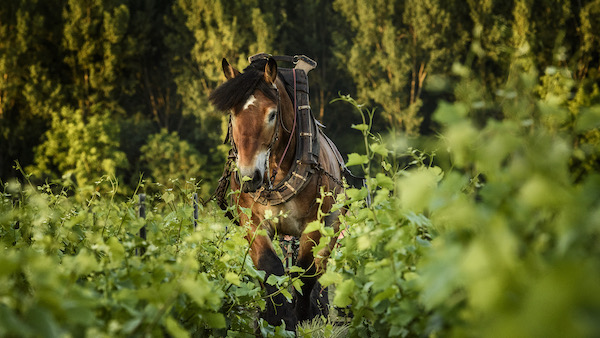
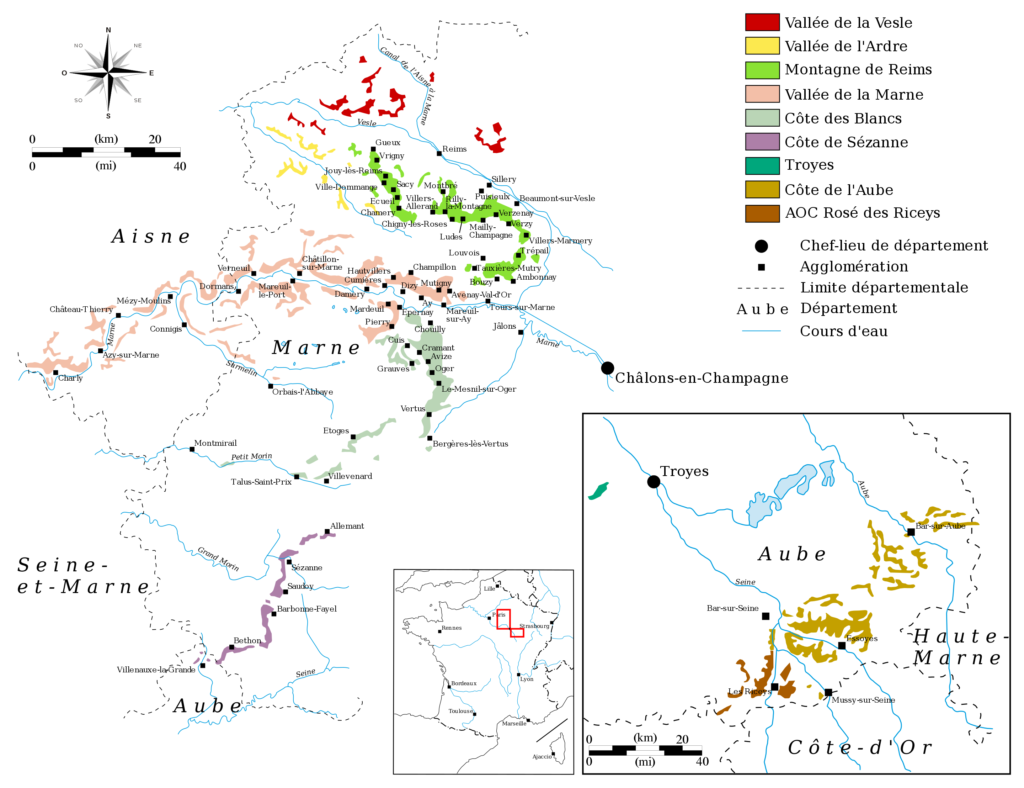






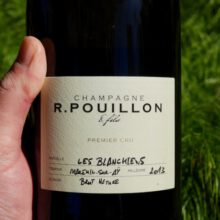
You must be logged in to post a comment.